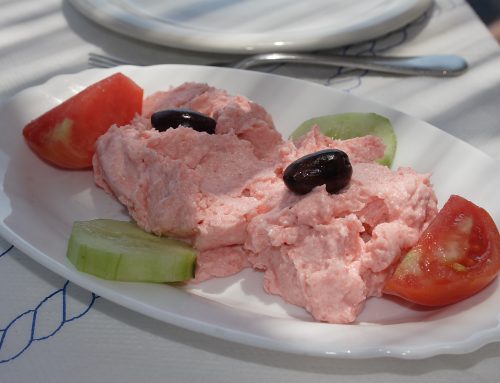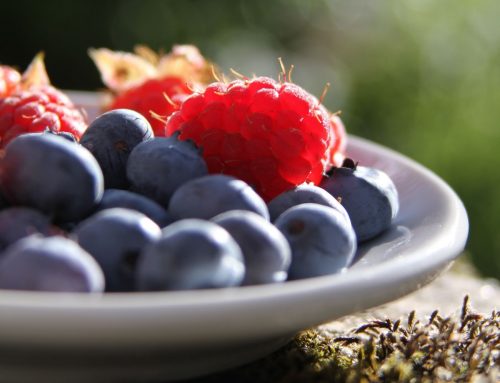Jam making is a culinary practice dating back millenia. It can be traced to the 1st century AD in ancient Rome. It was there that one of the first cookbooks in history, titled “Of Culinary Matters”, was published, containing various recipes for jam. Before that, it was known to be part of the mediterranean and middle-eastern diets in countries with an abundance of naturally grown sugar, while honey was also used as a sweetener. Preparing jams enabled people of the time to enjoy out-of-season fruits all year round, while reaping dietary and nutritional benefits (vitamins etc.).
Once it became known that Vitamin C prevented scurvy, jam became a staple of the sailors’ diet. Since fresh fruit could not last the long journeys at sea, jam became a perfect alternative source of healthy nutrients for the length of each trip.
Marmalade was an idea that came to fruition in the 16th century when Mary Queen of Scots’ physician mixed orange and sugar to help with her seasickness. Thus, marmalade became a favorite delicacy of royalty. Louis XIV of France offered a variety of exotic jams at his feasts made from fruits picked fresh from the palace gardens.

Bergamot jam
The jams of Lorraine
A French company gives life to that tradition nowadays; “Les Confitures de Lorraine” provides up to 250 fragrances and flavors of fruits depending on the season. Made with single or mixed fruits, with or without bergamot, in jam or jelly form, all their products are pure fruit and sugar, without added pectin, without gelling agents and without any added acidifier. They produce jams made with seasonal local fruits available in Lorraine, but also with selected ingredients from around the world through certified cooperatives or small producers, guaranteeing the quality of their raw material.
Their specialty
Delicate in taste and full of aroma French bergamot jam is handmade with imported fruits from small Italian producers. The bergamot is a fruit considered the crossbreed between lemon and grapefruit. The bergamot tree grows white flowers in spring and fruits gradually turn from bright green to deep yellow colour.

Cross section bergamot
It grows mainly in Sicily and in Calabria, in the south of Italy, for more than six centuries. The original flavor of the bergamot lies on the zest whereas the pulp is bitter and insipid. A special technique is thus necessary to transform the whole fruit into jam. Bergamot from Nancy in Lorraine is famous worldwide since 1820 when a confectioner had the idea of creating pastry and candy infused with bergamot oil flavor.
Jean-Marie Riviere, from Stanislas jams in Houdelaincourt, is the inventor of bergamot jam and a recognized specialist of this delicious fruit. He has even published a book on this subject: “The Exquisite Adventure of Bergamot in Nancy” (Mettis Editions). It is through its succulent 100% natural jams, that Stanislas will make you discover the sweetest taste of Lorraine!





